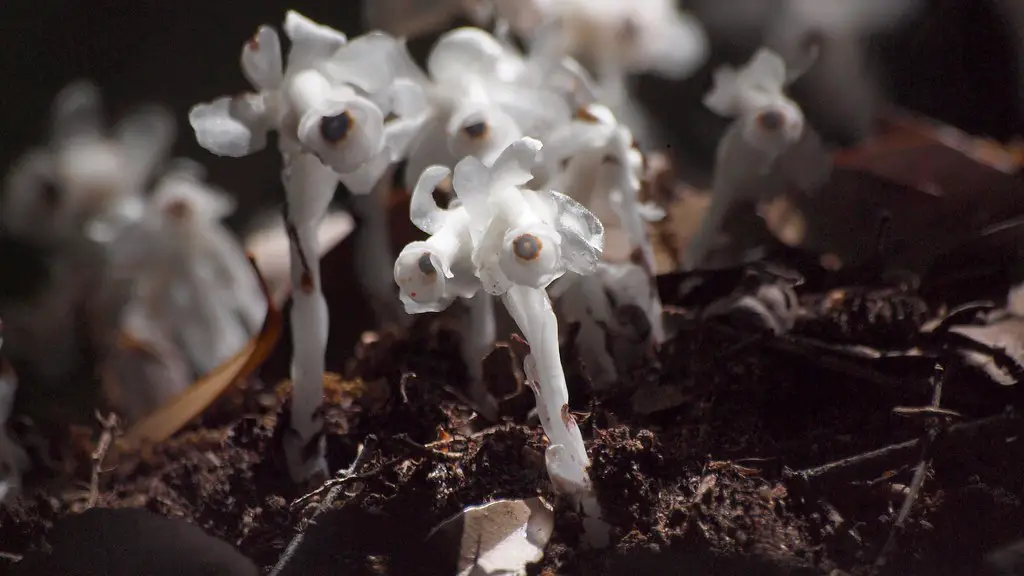The Ghost Plant, known by its pale bluish-gray appearance, adds an ethereal touch to gardens and interior spaces alike. Its unique coloring, rosette-shaped leaves, and sprawling growth make it a sought-after succulent among plant enthusiasts.
Scientifically named Graptopetalum paraguayense, the Ghost Plant belongs to the Crassulaceae family. It originates from Mexico and has made its way into various landscapes around the world due to its hardiness and attractive appearance. Its other common names include “Mother of Pearl Plant” due to its beautiful iridescent leaves.
What sets the Ghost Plant apart from other succulents is its ability to survive in various conditions. Whether placed in bright sun or semi-shade, well-drained soil or a rocky garden, it thrives with minimal care. Its forgiving nature, combined with its beautiful appearance, makes it a favorite for beginners and seasoned gardeners alike.
| Attribute | Details |
|---|---|
| Common Names | Ghost Plant, Mother of Pearl Plant |
| Botanical Name | Graptopetalum paraguayense |
| Family | Crassulaceae |
| Plant Type | Succulent |
| Mature Size | 6 to 12 inches tall, 20 inches wide |
| Sun Exposure | Full sun to partial shade |
| Soil Type | Well-drained soil |
| Hardiness Zones | 9-11 |
| Native Area | Mexico |
Ghost Plant Care
Caring for the Ghost Plant is quite simple, making it an ideal choice for those new to succulents. Like most succulents, it requires well-drained soil, sufficient light, and moderate watering.
The Ghost Plant is drought-resistant but appreciates regular watering during the growing season. Cutting back on water during the winter months and ensuring proper drainage will help avoid common problems associated with overwatering such as root rot.
Light Requirement for Ghost Plant
The Ghost Plant thrives in bright sunlight but can also tolerate partial shade. Providing a minimum of 6 hours of direct sunlight is ideal for promoting vibrant coloration and healthy growth.
Soil Requirements for Ghost Plant
A well-draining soil mix specifically designed for succulents or cacti is best for Ghost Plant. A blend of sand, potting soil, and perlite or pumice can also create an appropriate environment.
Water Requirements for Ghost Plant
Watering the Ghost Plant should be done thoroughly but infrequently. Allow the soil to dry out completely between watering sessions, and reduce the frequency during the winter months to prevent root rot.
Temperature and Humidity
Ghost Plant prefers temperatures between 65°F to 80°F but can tolerate cooler temperatures down to 20°F. Humidity is typically not an issue for this succulent, and it can thrive in dry environments.
Fertilizer
Fertilizing the Ghost Plant is usually unnecessary. However, a diluted, balanced fertilizer can be applied once at the beginning of the growing season if desired.
Pruning Ghost Plant
Pruning can be done to shape the Ghost Plant or control its size. Remove any dead or damaged leaves and trim back stems as needed.
Propagating Ghost Plant
Propagation is easily achieved through leaf or stem cuttings. Simply detach a healthy leaf or stem, let it dry for a day, and then place it on well-draining soil.
How To Grow Ghost Plant From Seed
Growing Ghost Plant from seed is possible but can be slow. Plant the seeds in a well-draining mix and keep the soil consistently moist until germination, which may take several weeks.
Common Pests & Plant Diseases
Mealybugs
Mealybugs can be removed manually or treated with insecticidal soap.
Scale
Scale can be treated with horticultural oil or insecticidal soap.
Common Problems With Ghost Plant
Overwatering
Overwatering can lead to root rot. Reduce watering and ensure proper drainage to prevent this issue.
Sunburn
Sunburn can occur if the Ghost Plant is suddenly exposed to intense sunlight. Gradually acclimate it to brighter light to avoid this problem.
Pro Tips
- Avoid overwatering; allow the soil to dry out between watering sessions.
- Provide adequate sunlight but be mindful of potential sunburn.
- Propagate through leaf or stem cuttings for new plants.
- Plant in well-draining soil to prevent root rot.
- Use pots with drainage holes if growing indoors.



